Dry needling and acupuncture are two distinct yet effective therapeutic techniques that involve the strategic insertion of thin needles into precise points on the body. These techniques aim to promote healing, alleviate discomfort, and restore balance within the body. Here we will discuss the Dry needling vs Acupuncture technique and let you know about which one is better in what conditions.
Dry needling and acupuncture are widely recognized treatments that involve puncturing the skin with thin, stainless steel needles to address various therapeutic needs. While both modalities aim to alleviate pain, they possess distinct characteristics that set them apart from each other.
Acupuncture, a traditional practice, aims to alleviate pain and discomfort by unblocking chi or the body’s healing energy. In contrast, dry needling focuses on stimulating trigger points and relieving tension in irritable muscles. Acupuncturists strategically insert needles to activate endorphins and influence the nervous system, while dry-needling therapists target muscle knots and pressure points to release tension. Before delving into the details of dry needling vs acupuncture techniques, let’s take a closer look at each one individually.
What is dry needling?
Dry needling is an advanced therapeutic technique devised to alleviate muscular discomfort. Its popularity is steadily increasing as more individuals discover its benefits.
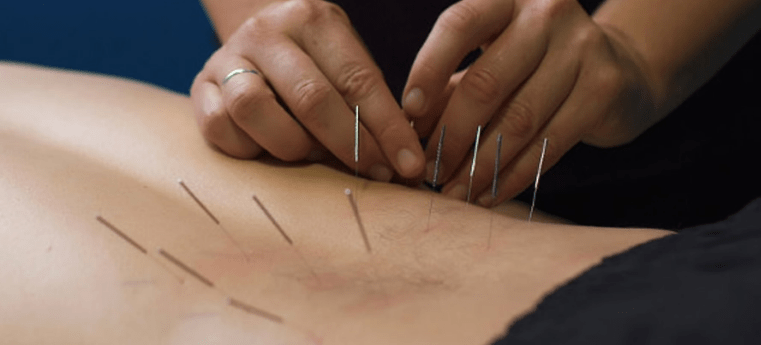
Drying involves the insertion of fine, short, stainless steel filiform needles into the skin. It’s called “dry” because no fluids are injected into the body.
During dry needling, practitioners strategically insert needles into specific points known as “trigger points” within the muscle or tissue. This technique also referred to as intramuscular stimulation, targets areas characterized by knotted or hardened muscle tissue.
Dry-needling practitioners assert that the insertion of the needle aids in the release of muscle knots, thereby alleviating pain and spasms. The duration for which the needles are left in the skin varies based on the individual practitioner.
Dry needling involves:
The in-and-out technique
Also referred to as pistoning or sparrow pecking, this technique entails promptly inserting and removing the dry needle into a trigger point. Diverging from the conventional method, wherein needles remain in the skin for an extended duration, this approach involves swift penetration and withdrawal.
The non-trigger points technique
This technique entails the insertion of needles around the site of pain, rather than focusing solely on knots or trigger points. Rooted in the belief that pain often arises from underlying nerve or muscular complexities, the non-trigger point technique seeks to address your central nervous system for comprehensive treatment.
Benefits of Dry Needling
Determining the proficiency and competence of a dry-needling therapist can be arduous. Even with its increasing popularity, dry needling remains a relatively nascent practice.
Research on needling is still limited, but a noteworthy study conducted in 2013 demonstrated the superior effectiveness of dry needling compared to placebo treatment. In fact, dry needling presents several benefits for individuals experiencing muscle pain and sports injuries. Moreover, it is a valuable approach to managing specific conditions, such as:
- Fibromyalgia – Characterized by fatigue, sleeping problems, mental distress, and widespread pain all over the body.
- Hip pain: – Swelling, tenderness, and stiffness of the pelvic area
- sciatica – Pain radiating from the lower back up to the hips and buttocks and down each leg. It usually affects only one side of the body.
- Repetitive Stress Disorder – The gradual buildup of damage to nerves, tendons, and muscles from repetitive activities, awkward motions, and muscle fatigue.
What is Acupuncture?
Drawing from the wellspring of traditional Chinese medicine, this time-honored practice has traversed millennia to effectively address a myriad of health ailments. At its core, this procedure embraces the fundamental principle that physical healing can be attained through the release of chi—our life force energy.
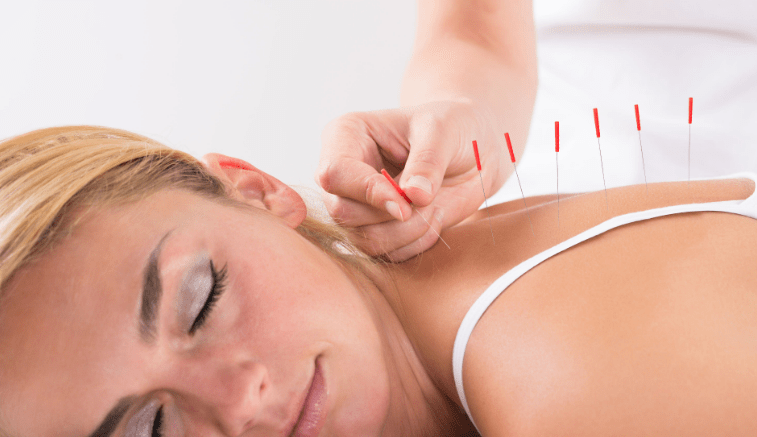
Done by highly skilled and licensed practitioners, this alternative therapy entails skillfully inserting needles into specific points, triggering nerve stimulation that prompts the release of endorphins – your brain’s natural pain relievers. Through this meticulous process, pain and muscle tension are effectively alleviated, promoting overall well-being.
Acupuncturists must complete annual instructional courses to retain their license. Aspiring expert acupuncturists should undergo three or more years of training to acquire the skills of symptom identification, condition diagnosis, and precise needle techniques.
An acupuncture treatment Involves
Needle Insertion
During an acupuncture session, your acupuncturist will strategically place 5-20 thin, virtually painless needles on specific points of your body. As the needle reaches the appropriate depth, you might experience a gentle, soothing ache. Rest assured, this technique ensures optimum comfort and effectiveness.
Needle Manipulation
Following insertion, acupuncture practitioners may delicately manipulate or rotate the needles for therapeutic benefits. In certain cases, heat or gentle electrical pulses might be applied to the needles, enhancing their effectiveness through additional manipulation techniques.
Needle Removal
During most sessions, your acupuncturist will gently insert needles and let them remain in place for 10-20 minutes as you lay calmly and unwind. Typically, there is no discomfort when the needles are removed.
Benefits of Acupuncture
Widely accepted as a medical treatment, a wide body of research supports the use of acupuncture for relieving stress, pain, and discomfort. Based on the fundamental belief that illness is the result of blocked or interrupted chi, acupuncture seeks to remove these blockages and restore your energy flow to a state of balance.
Acupuncture offers a multitude of benefits for individuals experiencing various symptoms, such as nausea, vomiting, menstrual cramps, labor-related pain, and allergies. This ancient practice is primarily utilized for addressing specific conditions, which include:
- Lower Back Pain – F stemming from injuries, such as muscle strains or sprains caused by exerting excessive force, sudden movements, or improper body mechanics..
- Neck Pain & Stiffness – Often a result of strains, poor posture, or osteoarthritis.
- Tension Headaches or Migraines – A recurring type of headache characterized by a throbbing or pulsing feeling on the sides of the head.
- Osteoarthritis – Also known as wear-and-tear arthritis, this condition is characterized by swollen and painful joints caused by cartilage breakdown.
In addition to alleviating physical discomfort, acupuncture is employed by individuals seeking holistic solutions for managing depression and overcoming dependency on substances.
Acupuncture Side Effects
Acupuncture’s risks and side effects are rare when performed by a licensed acupuncturist. Occasionally, you may experience:
- Bruising
- Bleeding
- Pain at the injection site
Nevertheless, the use of unsterile needles may result in complications and significant adverse reactions.
Is dry needling the same thing as acupuncture?
When presented with just a photograph, distinguishing between dry needling and acupuncture can be perplexing. These two methods employ slender stainless steel needles and share the goal of pain relief.
However, the similarities abruptly cease as unique attributes serve to distinguish these two practices. While one has a rich history spanning thousands of years in traditional Chinese medicine, bolstered by substantial research confirming its effectiveness, the other emerged only in the past few decades.
Acupuncture is believed to alleviate pain, discomfort, and various issues by strategically inserting needles into specific points on the body. On the other hand, myofascial release therapy focuses on stimulating trigger points, which are irritable muscles. Both approaches aim to provide relief and improve overall well-being.
Dry Needling vs Acupuncture- 5 Major Differences
Although there are similarities between the two practices, it is the notable differences that truly set them apart. Let’s have a look at a major point on dry needling vs acupuncture.
- Origin and Philosophy:
- Acupuncture: Acupuncture, an ancient Chinese medical practice with a millennia-long history, aims to restore wellness and relieve ailments by harmonizing the flow of life force, known as qi, via meridians within the body. This esteemed healing art has stood the test of time, offering a holistic approach to achieving optimal health and balance.
- Dry Needling: Dry needling is a contemporary medical technique that has evolved from practices in Western medicine, particularly physical therapy and sports medicine. The primary goal of dry needling is to release muscle trigger points and alleviate pain by specifically targeting muscular and myofascial tissues.
- Theoretical Framework:
- Acupuncture: Traditional Chinese medicine explains it through meridians and energy flow. Acupuncture points stimulate and regulate the body’s energy pathways.
- Dry Needling: An approach rooted in Western medicine, primarily focusing on the muscular and neuromuscular systems. By targeting specific trigger points or knots within the muscles, this technique aims to alleviate tension and pain.
- Needling Technique:
- Acupuncture: Acupuncture needles are inserted at different depths based on the treatment approach and desired effect. They may stay in place longer, often with manual manipulation or electrical stimulation.
- Dry Needling: Dry needling involves inserting thin needles into trigger points or tight muscle bands, with the aim of eliciting a local twitch response – a momentary contraction of muscle fibers. This technique typically entails swift insertion and removal of the needles, without prolonged retention.
- Purpose and Application:
- Acupuncture: Acupuncture is used for a variety of conditions, such as pain management, digestive issues, respiratory disorders, stress, and fertility problems. Treatments are tailored to the patient’s health and specific condition.
- Dry Needling: Dry needling is predominantly utilized for relieving musculoskeletal pain and addressing dysfunction arising from trigger points or muscular tightness. This technique is commonly employed by physical therapists, chiropractors, and sports medicine practitioners.
- Legal and Regulatory Status:
- Acupuncture: Acupuncturists are regulated professionals in many countries, requiring specific training and certification for legal practice. The scope of practice varies depending on the jurisdiction.
- Dry Needling: Dry needling regulations vary globally. Some regions classify it as healthcare professionals’ practice, while others are still evolving its legality and regulation.
Dry Needling vs Acupuncture: Which is Better?
After understanding the benefits and risks of dry needling and acupuncture, you might wonder: which treatment option is superior? Surprisingly, it ultimately comes down to personal preference.
Acupuncture stands out as a meticulously regulated practice, supported by robust research findings. If you lean towards a firmly established alternative treatment delivered by extensively trained practitioners, acupuncture may prove to be a more advantageous option.
Dry needling is a newer practice without formal regulations, resulting in limited research on its effectiveness. However, if you’re open to trying a less established but promising technique, give dry needling a shot.
Dry needling is not recommended for pregnant women, whereas acupuncture is proven to be highly beneficial and effective during pregnancy. If you want to alleviate muscle pain and tightness, dry needling is a promising option. However, if you require treatment for a specific medical condition, acupuncture is the way to go.
Final Words
After undergoing either procedure, you may experience either a sense of relaxation or newfound energy. However, it’s important to note that each treatment option may not elicit the same response in everyone. If your symptoms persist without improvement after a few weeks, it may be worth considering an alternative or considering a combination of both. It is crucial to remember that dry needling or acupuncture are not intended to replace traditional medical approaches such as physiotherapy or surgery.
While there is anecdotal evidence and some scientific research supporting dry needling and acupuncture, more high-quality research is needed to fully understand their effectiveness. Consult a qualified practitioner to assess your needs and receive appropriate care. So this was all about dry needling vs. acupuncture therapy. Let’s have a look at some frequently asked questions.
FAQs
Which is better dry needling or acupuncture?
If you’re seeking relief from muscle pain and tightness, dry needling is the best option. However, if you’re looking for treatment for a specific medical condition, acupuncture is a good choice.
Are acupuncture and dry needling the same?
Although both practices aim to alleviate pain, they differ significantly in their approach. Dry needling focuses on targeting tension in muscle knots and pressure points, while acupuncture involves the insertion of needles to stimulate the release of endorphins and influence the nervous system.
Who should not get dry needling?
If you have any infections, lymphedema, a fear of needles, bleeding disorders, diabetes, vascular disease, a compromised immune system, a pacemaker, recent joint replacement, breast implants, or if you are in the first trimester of pregnancy, then you should avoid dry needling.
What is dry needling most effective for?
Dry needling is a specialized treatment that targets muscle tissue with the aim of alleviating pain, deactivating trigger points, and enhancing mobility. It is typically integrated into a comprehensive physical therapy regimen, which encompasses various other treatments to optimize patient outcomes.
Can dry needling damage nerves?
While it’s possible for dry needling to cause pain, numbness, or tingling due to potential nerve or blood vessel damage, such incidents are exceedingly rare and typically temporary. The medical literature mentions rare occurrences of damage to internal organs following needling, with an estimated frequency of 1 in 100,000.
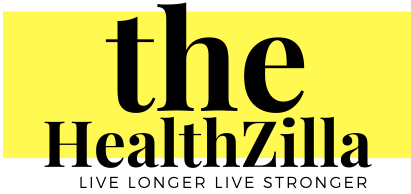
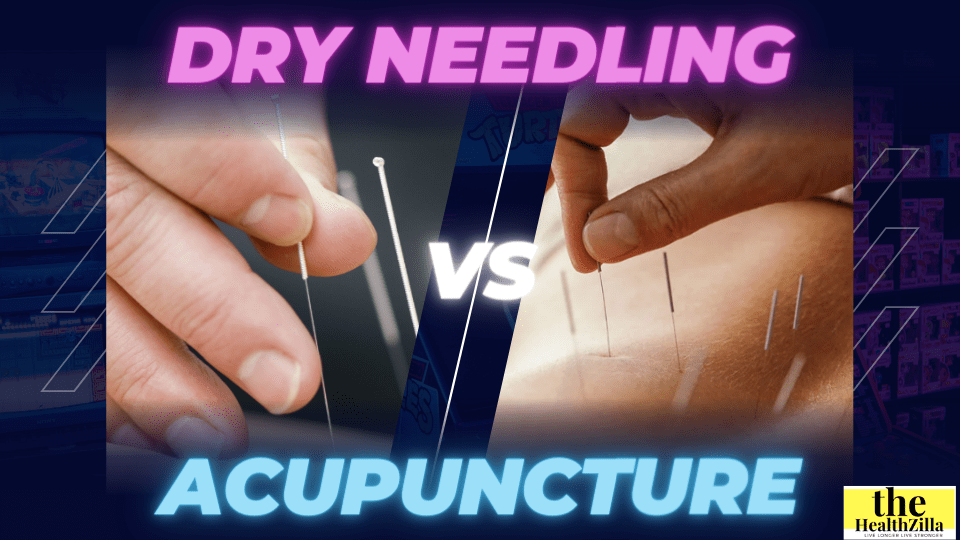
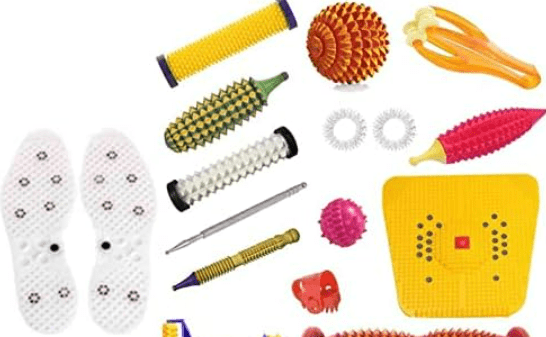
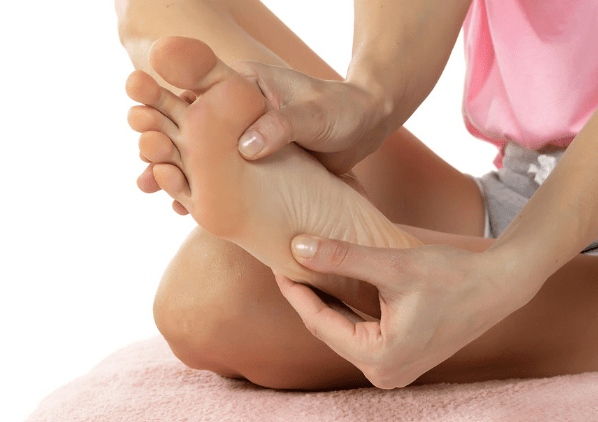
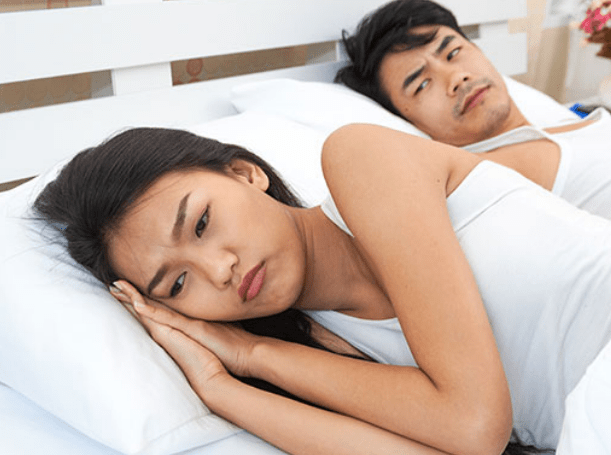
2 thoughts on “Dry Needling vs Acupuncture- Which option is better?”